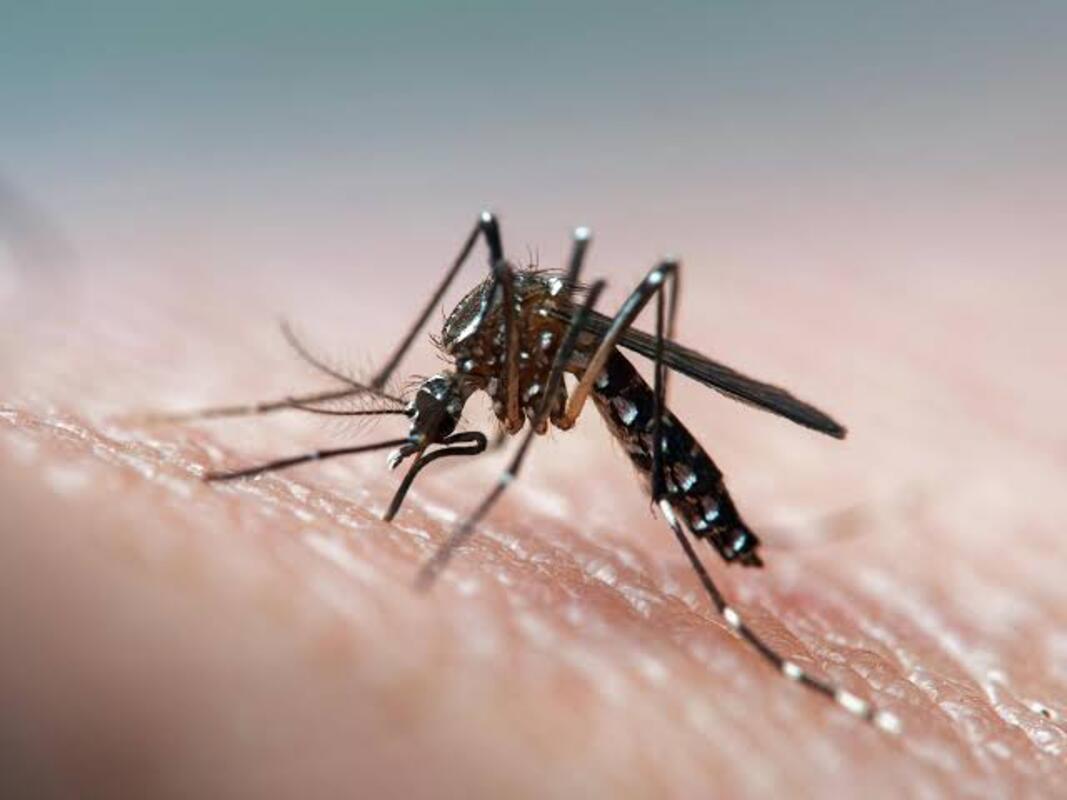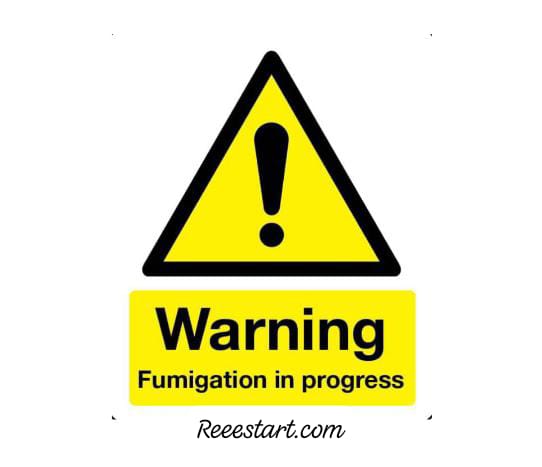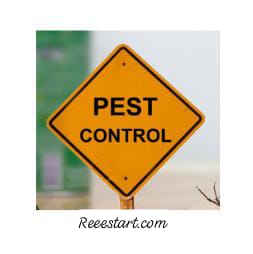Insect-transmitted diseases are a significant global health concern, caused by parasites, viruses, and bacteria that are carried by various vectors. Addressing this issue is crucial, as highlighted in numerous discussions about the dangers posed by household pests. It is essential not to overlook the necessity of exterminating these pests to safeguard our homes and health, This article aims to provide a comprehensive overview, based on scientific findings from the World Health Organization (WHO), about the nature, prevention, and impact of insect-transmitted diseases. We’ll also offer practical tips for combating these pests and maintaining a pest-free environment.
Common Insect-Transmitted Diseases
Through the following, we will focus briefly on Insect-Transmitted Diseases:
- Malaria, A mosquito-borne parasitic infection that causes fever, chills, and flu-like symptoms.
- Dengue,A viral infection spread by mosquitoes, resulting in symptoms like high fever, headache, muscle and joint pain.
- Zika, Another mosquito-borne virus linked to birth defects and neurological complications.
- Lyme disease, A bacterial infection transmitted by ticks, causing a rash, flu-like symptoms, and potentially affecting the heart, joints, and nervous system.
The Importance of Understanding Pest-Borne Diseases
We must Know how it is important to understand Pest-Brone Disease:
Rodents’ Impact on Food Supplies
Rodents are responsible for consuming nearly 20% of the world’s food supply, demonstrating their pervasive influence and the need for effective control measures.
Disease Carriers
Rodents serve as primary vectors for other hazardous pests such as fleas, ticks, and mites, which can lead to severe health implications.
Human and Animal Diseases
Rodents also carry diseases that can severely impact both human and animal health, emphasizing the need for robust pest management strategies.
Emergency Room Visits
Daily, emergency rooms around the world see numerous cases of individuals suffering from bites and stings from various insects, highlighting the immediate health risks posed by these pests.
Mortality Rates from Insect Stings
According to the American College of Allergy, Asthma, and Immunology, insect stings result in 40 to 150 deaths annually, underscoring the potential lethality of these encounters.
Transmission of Deadly Diseases
Pests such as fleas, ticks, and mosquitoes are vectors for diseases like malaria, plague, Lyme disease, and the West Nile virus, all of which can have devastating health outcomes if not properly managed.
Economic Impact of Termites
Termites alone cause significant economic damage, costing Americans an average of $5 billion in property repairs each year.
Rodent Bites
Annually, more than 45,000 individuals are bitten by rats, leading to diseases such as rat-bite fever, salmonellosis, plague, and trichinosis.
Food and Health Standards
Effective pest management is critical in maintaining food sanitation, regulatory compliance, and overall public health standards.
Allergenic Effects of Cockroaches
Cockroach allergens affect a significant portion of the population, with 7-8% suffering from these reactions, further emphasizing the importance of pest control.
Asthma and Cockroach Allergens
Cockroach allergens are the third leading cause of childhood asthma, making them one of the most problematic household pests.
Examples of Insect-Transmitted Diseases
According to the WHO, insect-transmitted diseases cause over 700,000 deaths annually. These diseases can arise from various pathogens, including parasites, bacteria, and viruses. Here are some notable examples:
Malaria
Malaria is transmitted by Anopheles mosquitoes and leads to approximately 219 million cases globally, resulting in over 400,000 deaths annually, primarily among children under five.
The significant morbidity and mortality associated with malaria underscore the urgent need for effective mosquito control.
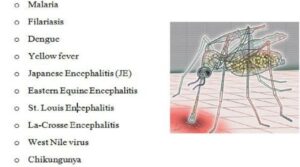
Dengue Fever
Transmitted by Aedes mosquitoes, dengue fever is one of the most widespread viral infections. Over 3.9 billion people in more than 129 countries are at risk, with an estimated 96 million symptomatic cases and 40,000 deaths each year.
This highlights the critical importance of implementing preventive measures against mosquito bites.
Chikungunya
This viral disease, also spread by Aedes mosquitoes, causes severe joint pain and chronic symptoms, leading to long-term disability for many affected individuals.
Zika Virus
Also carried by Aedes mosquitoes, Zika virus infections can lead to congenital disabilities if pregnant women become infected, making mosquito control a high priority for pregnant women and women of childbearing age.
Yellow Fever
This potentially fatal disease, spread by mosquitoes, causes jaundice and severe bleeding, and outbreaks can lead to high mortality rates.
West Nile Virus
Transmitted by mosquitoes, this virus can cause severe neurological diseases, underscoring the pressing need for robust mosquito control measures.
Japanese Encephalitis
This mosquito-borne virus leads to brain inflammation, which can result in permanent neurological damage or death.
Tick-Borne Encephalitis
Spread by ticks, this disease can cause severe brain inflammation and has a significant impact on public health.
Prevention and Management
Effective pest control and preventive measures are essential to combat the threat of insect-transmitted diseases. Here are some strategies:
- Regular Inspection and Maintenance: Routine inspections and maintenance can help identify and eliminate potential breeding grounds for pests.
Professional Pest Control Service, in severe infestations, professional pest control services should be employed to effectively address the issue.
Public Awareness and Education, Educating communities about the risks posed by pests and the importance of preventive measures can significantly reduce the incidence of insect-transmitted diseases.
Use of Insect Repellents
Personal protective measures, such as the use of insect repellents, can help reduce the risk of bites and stings.
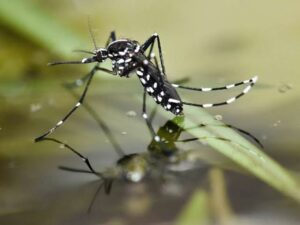
Environmental Management
Reducing standing water and maintaining clean surroundings can help control mosquito populations.
Understanding the profound impact of insect-transmitted diseases reinforces the importance of effective pest control and the implementation of preventive measures. By safeguarding our environments through informed practices, we can significantly reduce the threat posed by these insidious vectors and protect public health. By taking proactive steps, we can create safer, healthier communities for all.

